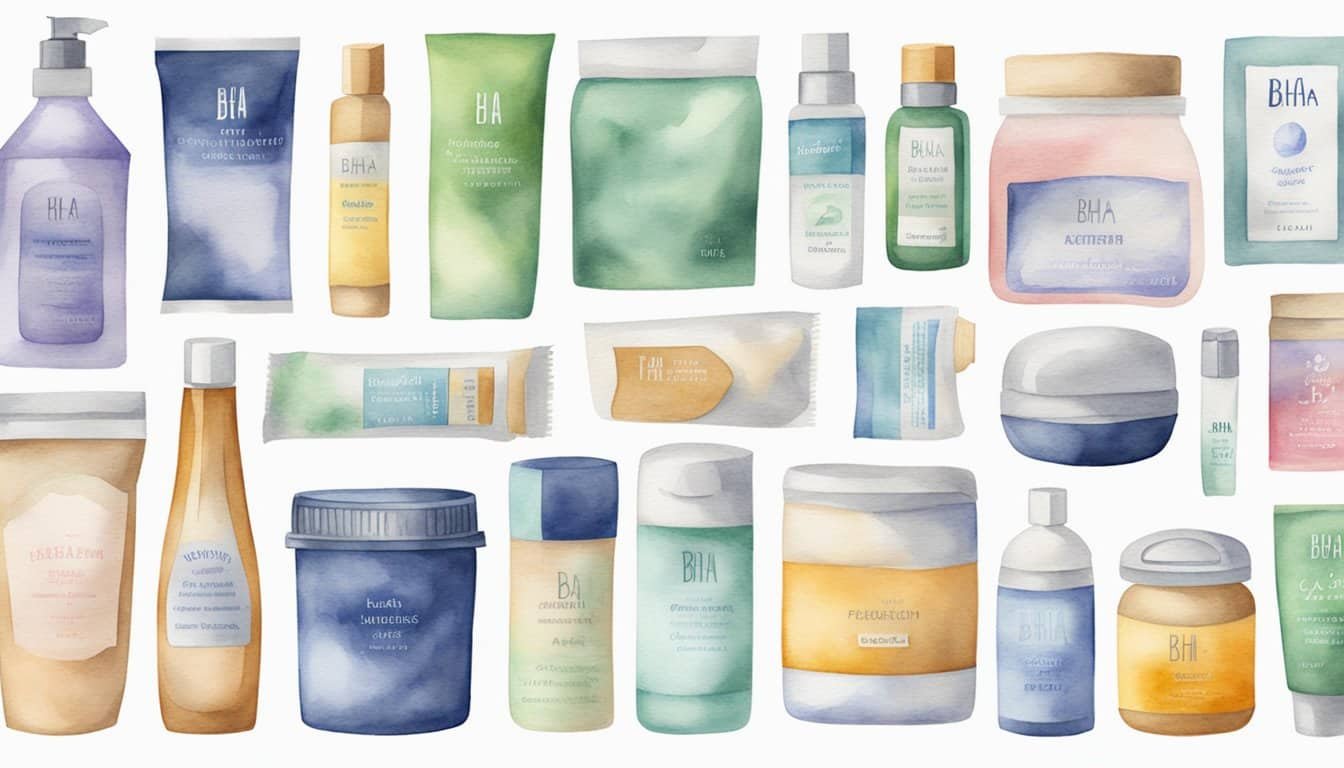Understanding BHA
BHA, or butylated hydroxyanisole, is a synthetic antioxidant widely used in various industries, especially in food preservation. It slows down the oxidation process, which can cause food to spoil.
Basics of BHA
Butylated hydroxyanisole is known for its role in extending the shelf life of foods and preventing the fats in them from going rancid. As an antioxidant, BHA interacts with oxygen free radicals, neutralizing them and halting the oxidative chain reactions that cause deterioration in food quality. This property is crucial in maintaining flavor, color, and overall freshness.
Health Concerns and Safety
Despite its effectiveness as a preservative, there has been debate regarding the safety of BHA. Concern arises from studies suggesting that at high doses, BHA could have carcinogenic effects, leading to its classification as a possible human carcinogen by certain health authorities. However, in the context of food preservation, BHA is typically used in low doses, which regulatory agencies like the FDA consider to be safe for human consumption. Ongoing research aims to better understand its long-term health effects.
For in-depth information on the thermal behavior and polymorphism of antioxidants like BHA, BHT, and TBHQ, students and researchers can refer to a detailed study provided by ScienceDirect. Furthermore, a comparative study analyzing the metabolism and toxicological relevance of BHA against other phenolic antioxidants can be accessed on ScienceDirect, which discusses absorption, excretion, and metabolic pathways of these compounds.
BHA in Consumer Products

Butylated hydroxyanisole, commonly known as BHA, is a synthetic antioxidant widely utilized in a variety of consumer products. Its inclusion in these products helps to prevent the oxidation and spoilage of oils and fats, extending shelf life and maintaining quality.
Cosmetic Applications
In cosmetics, BHA is often recognized for its stabilizing properties, safeguarding the integrity of formulations by preventing the rancidity of oils and fats. The compound finds a significant role in a spectrum of cosmetic products such as lipsticks, moisturizers, and even exfoliants. By protecting against oxidation, BHA aids in maintaining the long-lasting effectiveness of beauty products. Its utility in addressing skin concerns such as fine lines, wrinkles, and acne is testament to its versatility, while also ensuring products remain free from irritation and spoilage.
- Example of applications:
- Lipsticks
- Moisturizers
- Exfoliants
Food and Packaging
In the realm of food and food packaging, BHA is identified for its efficacy in preserving freshness and preventing rancidity. Foods typically protected by BHA include baked goods and chewing gum, as well as edible oils used within these products. The antioxidant also contributes to the stabilizing of the taste and quality of beer and meat. Within food packaging, it serves as a vital component for extending the shelf life of products by thwarting oxidative deterioration. Despite its significance in the food industry, mindful consideration of BHA’s usage is crucial, given regulatory assessments concerning dietary exposure and safety.
Example of food products:
- Baked Goods
- Chewing Gum
- Beer
Food packaging applications:
- Preservation of snack freshness
- Protecting oil and fat quality in packaged foods
This compound also extends its benefits to other industries such as rubber and petroleum products, where it acts as a preserve against the oxidative degradation of materials. Moreover, BHA is utilized in pharmaceuticals to maintain the efficacy of active ingredients, and in the manufacturing of animal feed to ensure nutrient preservation.

